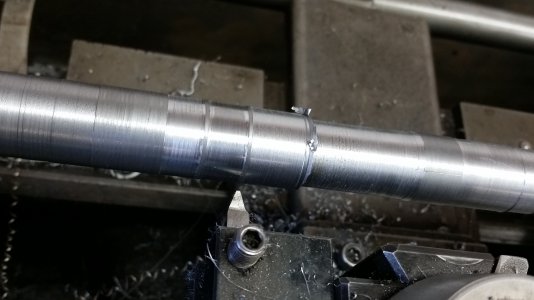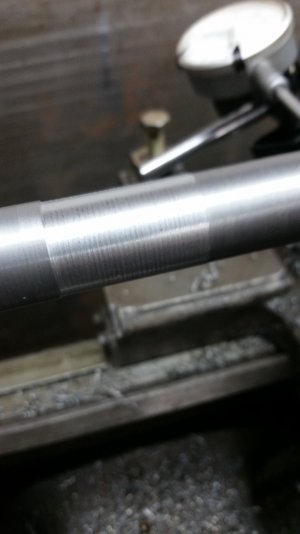- Joined
- Apr 30, 2015
- Messages
- 11,305
With HSS you can slow it down, your previous speed would be suitable or maybe a bit faster like 750
The tool makes a lot of difference- carbide tools seem to cause the most trouble for people than any other single thing I've seen
-M
The tool makes a lot of difference- carbide tools seem to cause the most trouble for people than any other single thing I've seen
-M



